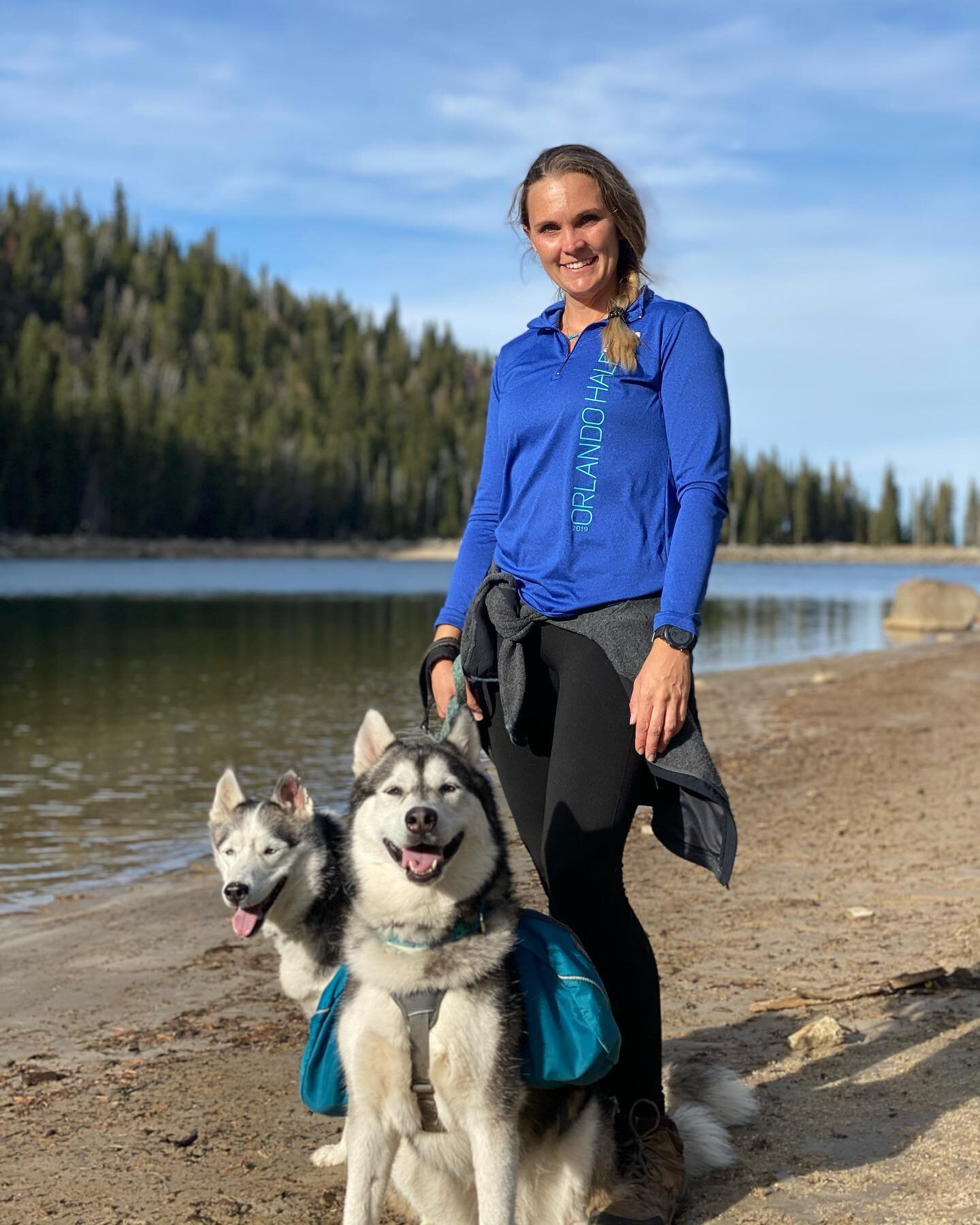Keeping Senior Dogs in Shape
The more active your senior dog is, the happier and healthier he is.
Not only does a regular exercise routine keep his muscles strong and his joints limber, it engages his brain and helps control his weight – all the better to slow the aging process and enhance his quality of life. While the bonus for your dog is a longer life, the bonus for both of you is a more deeply shared bond for a greater length of time.
Consider then, these five suggestions to help ensure that your cherished canine companion’s golden years are the best and the brightest.
Walking
Going on walks not only gets your senior dog moving but the sights and sounds, smells and tastes of his surroundings stimulate and activate his brain. To strengthen your dog’s hindquarters, walk slowly up gradual inclines or hills, and avoid climbing steep ones. If, however, your route takes you DOWN a steep slope, zigzag your way down slowly to avoid placing too much stress on his front legs. Since older dogs have more trouble than younger ones regulating their body temperature, avoid walking in very hot and very cold weather. In hot weather, monitor him closely for any signs of overheating or fatigue, while in cold weather, fit him with booties or paw pads with gripping treads to help him maintain his traction on icy surfaces.
Swimming
Swimming is ideal for seniors during the warmer months. And while a nearby pond or lake may seem appealing, accessing them can pose risks due to submerged rocks or logs. Not to mention the fact that cold water can exacerbate any arthritis or joint problems they might have. Opt instead for specially designed canine pools with warm water that helps loosen their joints, stimulate circulation and build muscle. Some water therapy centers provide underwater treadmills for “non-swimmers”, allowing them to reap many of the same benefits enjoyed by their swimming counterparts. One note of caution: ensure your dog wears a canine flotation device to provide him with both buoyancy and security.
Stretching
Stretching isn’t only highly satisfying for dogs of all ages, it’s especially beneficial for senior dogs -- helping them relax and promoting flexibility. Make it an activity for two by gently stretching your dog’s front and hind legs to work out any “kinks” in his shoulders and chest, spine and hips, knees, ankles and wrists. Not only are there countless books on the proper massage and stretching techniques, but there are online and in-person “Doga” classes – a form of yoga customized for human-dog pairs – available to both of you as well.
Moving
Since most mature dogs remain puppies at heart, encourage that enviable spirit by engaging them in play to keep them both agile and strong. The three most dependable and least strenuous forms of play are: 1) flatland fetch: designed for ball-loving dogs with joint issues, retrieving low tosses or rolled soccer balls keep all of their paws on the ground. (Avoid Frisbees and high throws that encourage your senior to leap and catch). 2) gentle tug-o-war: bending over and playing tug at their level prevents undue stress on their necks. 3) agility: skimming through tunnels and weaving between poles -- even pausing awhile on a floor mat (avoid all jumps and climbing obstacles) captures the exhilaration of agility without negatively impacting their bodies.




